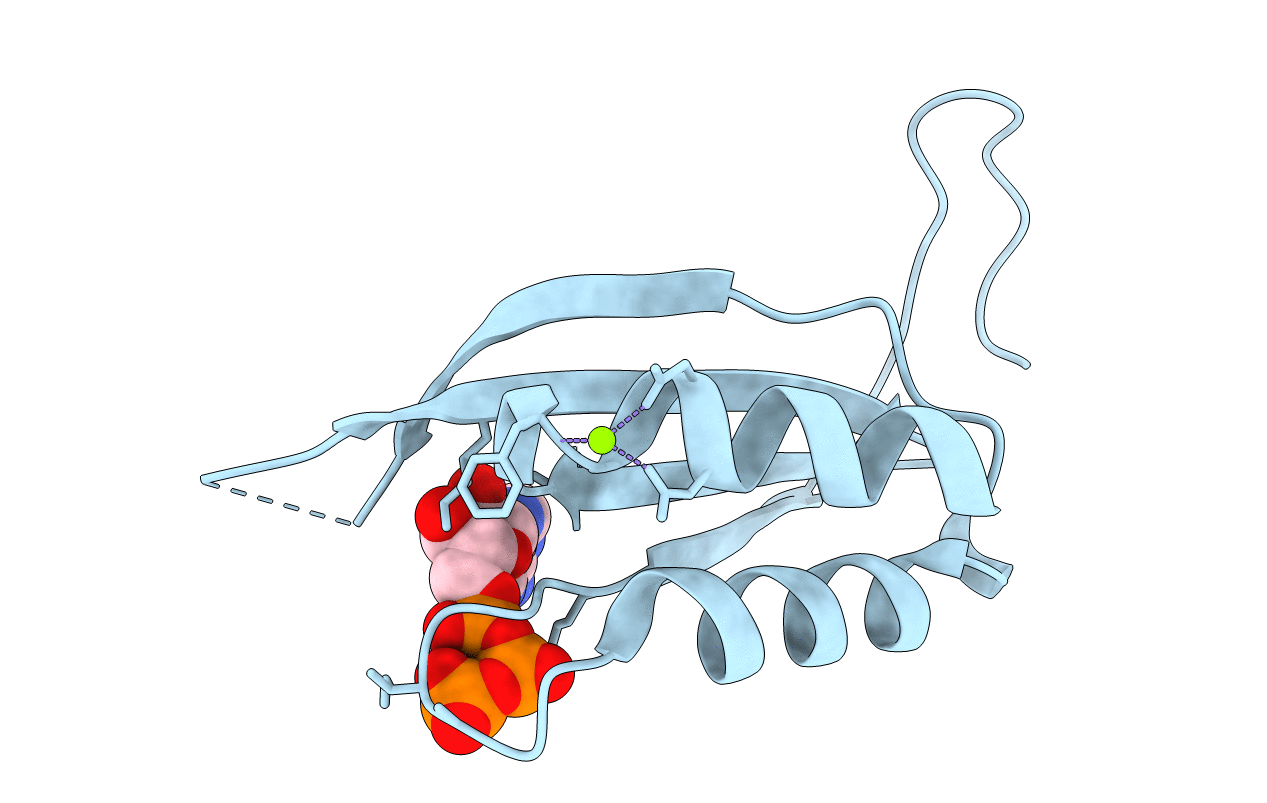
Deposition Date
2016-06-10
Release Date
2017-04-05
Last Version Date
2024-01-10
Entry Detail
PDB ID:
5L9N
Keywords:
Title:
Structure of uridylylated GlnB from Escherichia coli bound to ATP
Biological Source:
Source Organism:
Escherichia coli (strain K12) (Taxon ID: 83333)
Host Organism:
Method Details:
Experimental Method:
Resolution:
1.90 Å
R-Value Free:
0.22
R-Value Work:
0.18
R-Value Observed:
0.18
Space Group:
I 21 3


